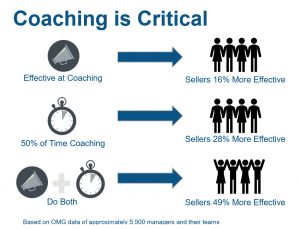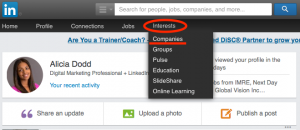— June 26, 2019
The word is out—manual procurement strategies are costly and dated. Document-laden processes managed through paper or lengthy email threads negatively affect time to market and the ability to compete in an agile tech world.
Digital awareness is on the rise in procurement departments. Eighty-three percent of CPOs surveyed around the world believe digital transformation will significantly impact procurement, supply chain, and finance.
Managers are jumping into the tech pool and trying out digital systems, but are often let down by the results. Deloitte’s Global 2018 CPO Survey reported that the main barriers to effective technology application in procurement are:
- Integration
- Data quality
- Limited support from executives
- Limited understanding of technology
- Poor systems adoption
- Capability and availability of analytics resources
Improving procurement processes with technology doesn’t have to be a daunting, disappointing endeavor. How can procurement departments overcome these barriers to implement a digital strategy with meaningful results? By automating processes in a unified digital workplace.
Procurement managers should look for certain qualities in a digital workplace platform to avoid barriers faced by other CPOs and ensure business needs are met on every front.
Simple, intuitive interface
Legacy systems usually offer more functionalities than necessary and are difficult to customize for specific workflow or project needs. Some programs touted as “user-friendly” can still be challenging for citizen developers to maneuver, and users may become too intimidated to attempt mastery. Procurement departments need cut-and-dry, drag-and-drop tools to customize workflows and fields.
Modules for all varieties of data
A digital workplace is a one-stop-shop where users can effortlessly maneuver between all types of work, including repetitive processes, one-time projects, cases, and collaboration.
Nailing process automation is vital to digital success in procurement. Automated reminders alert team members of compliance issues, contract expirations, and early pay discount deadlines. Digital 3-way matching between POs, purchase requests, and invoices leads to expedited approvals and services while ensuring consistent, accurate contracts. Timely, well-coordinated service improves vendor relationships and positively affects client services as well.
Procure-to-pay processes to automate are:
- Purchase request
- Purchase order
- Invoice approval
- Vendor registration
- Vendor management
- Contract management
Seventy-eight percent of procurement leaders hold cost reduction as the top priority in their business strategy, and it’s easy to see how process automation serves cost reduction on a silver platter.
All departments—not just procurement—are empowered to build custom solutions in a centralized system rather than in siloed applications. When the procurement team needs input from finance, marketing, or human resource department personnel for any type of work, they can be included with a click. A unified approach effectively engages employees and strengthens systems adoption.
API integration
Almost half of all North American organizations do not have synchronized procurement procedures. Old systems required extensive coding to link data, but cloud technology has brought much relief to integration woes.
Take advantage of API integrations by choosing cloud platforms for other programs that will link to a digital workplace, such as accounting software, to seamlessly connect data without writing code.
Instead of manually checking a balance sheet to evaluate fund availability for procurement purchases, the data is cross-checked between the digital workplace and accounting software automatically. After transactions are completed, balance sheet amounts are updated in real-time.
Real-time, relevant analytics
The beauty of digitized and automated processes is that managers are provided with actionable insights on an interactive dashboard to improve performance and make better-informed decisions. If managers aren’t getting the analytics they need, the output parameters can be modified.
Clear visibility makes it easy for management to crack down on nonessential expenses. Rules for spending approval can then be tailor-made to reduce overspending and improve compliance.
Executive involvement
Numerous studies, including Deloitte’s survey, have shown that a lack of support and modeling from C-suite executives hinders digital strategy implementation.
In a company-wide digital workplace, executives can monitor all ongoing processes, projects, and cases in any department, at any time, enabling more involvement and insight into day-to-day operations. Analytics produced from procurement and other departmental processes are advantageous for long-term business decisions, fostering stronger digital strategy engagement and support.
Built-in collaboration tools can also be used to celebrate company achievements and recognize employees for record sales, promotions, or other significant accomplishments. Purposeful opportunities for executives to participate in a digital workplace generates greater support and more effective digital transformation.
Rise above
SAP Ariba reports one of the nine elements of the “next big thing of procurement” is evaluating opportunities to automate processes by embracing the wave of digital transformation. However, no CPO wants to meet that wave and get knocked down by overwhelming difficulties.
Whether your procurement team is just beginning its digital journey or has been on the path for years, you will face challenges. But, the right tools and strategic planning can make it a smoother ride. Avoid some of the most common snags and get the most out of your tech investment by implementing a digital workplace.
Business & Finance Articles on Business 2 Community
(101)





